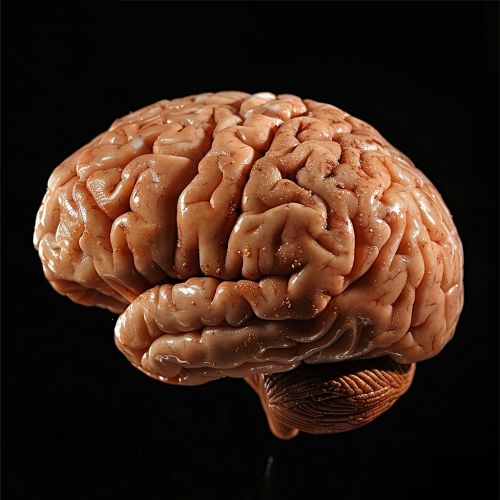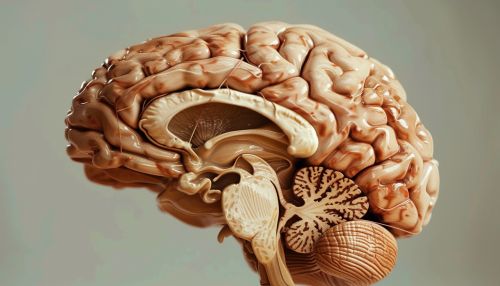Recognition (Psychology)
Definition and Overview
Recognition in the field of psychology refers to the cognitive process that matches information from a stimulus with information retrieved from memory. Recognition is a key aspect of our ability to make sense of the world around us, allowing us to identify and categorize objects, events, and individuals. It is a fundamental component of perceptual and cognitive processes, playing a critical role in our interactions with our environment.
Theoretical Background
Recognition is a central topic in various subfields of psychology, including cognitive psychology, neuropsychology, and developmental psychology. Theories of recognition often draw on concepts from information processing theory, memory research, and perception studies.
Information Processing Theory
Information processing theory posits that the human mind is like a computer or information processor - rather than behaviorists' view of a simple stimulus-response interaction, it involves a deeper level of thinking. Recognition, in this context, is a process that involves matching incoming information with stored information.
Memory Research
From a memory research perspective, recognition is a type of recall that involves identifying presented items as having been encountered before. It is often contrasted with recall in studies of memory, as it requires a less active retrieval process. Recognition memory is typically divided into two types: recollection, which is a slow, conscious process associated with contextual details, and familiarity, a fast, automatic process lacking contextual details.
Perception Studies
In perception studies, recognition is the final stage in the perceptual process. It involves the identification of objects or patterns as being familiar. Recognition in this context is often studied in terms of object and facial recognition.
Recognition Processes
Recognition processes can be divided into several types, including object recognition, facial recognition, and pattern recognition. Each of these processes involves different cognitive mechanisms and neural pathways.
Object Recognition
Object recognition is the ability to perceive an object's physical properties (such as shape, color and texture) and apply semantic attributes to the object, which includes understanding its use, previous experience with the object, and how it relates to others.
Facial Recognition
Facial recognition is an individual's understanding and interpretation of the face, particularly the human face, due to the meanings that the face conveys for its owner and others. This process involves several stages, from detecting a face in a visual scene to understanding and interpreting its expression.
Pattern Recognition
Pattern recognition is the automated recognition of patterns and regularities in data. In psychology, it is a cognitive process that matches information from a stimulus with information retrieved from memory.
Neurological Basis of Recognition
Recognition is associated with several areas of the brain, including the temporal lobe, the hippocampus, and the prefrontal cortex. The process of recognition involves both the encoding of information into memory and the retrieval of that information for later use.


Recognition Errors
Recognition is not always accurate and can be influenced by a variety of factors. Errors in recognition can occur due to factors such as age, stress, and neurological disorders. Two common types of recognition errors are false recognition and failure to recognize.
False Recognition
False recognition occurs when individuals incorrectly identify a novel item as being familiar. This error often occurs when the novel item is similar in some way to a previously encountered item.
Failure to Recognize
Failure to recognize, or recognition failure, occurs when individuals fail to identify a previously encountered item. This type of error is often associated with memory disorders such as amnesia.
Recognition in Applied Settings
Recognition has numerous applications in real-world settings, including education, law enforcement, and technology. In education, strategies to enhance recognition can improve learning outcomes. In law enforcement, recognition is critical in eyewitness identification. In technology, recognition algorithms are used in areas such as facial recognition software and pattern recognition in artificial intelligence.
